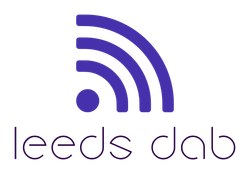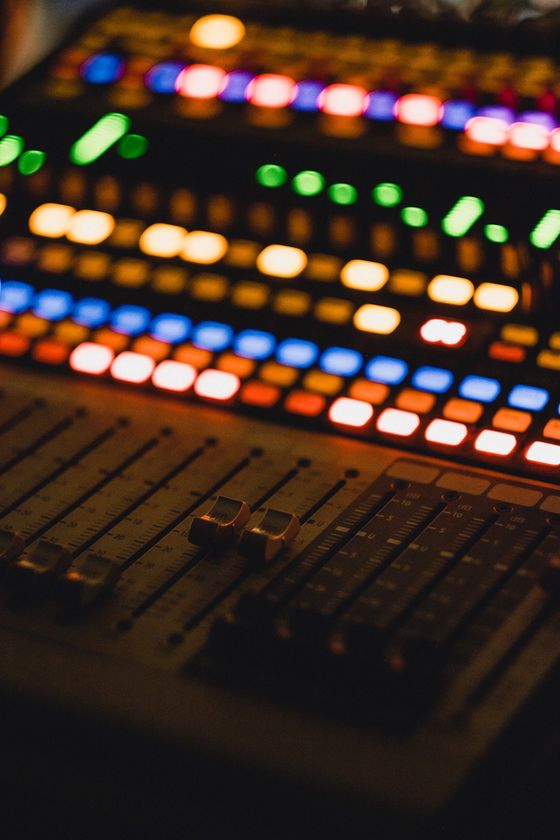Leeds Digital Media Limited awarded licence to operate a new city-wide DAB digital radio multiplex for Leeds.

Leeds Digital Media was awarded the licence by Ofcom in June 2021
What is DAB?
DAB stands for 'Digital Audio Broadcasting' - the future of radio here in the UK and in many other countries around the world. As well as being interference-free it also opens up new opportunities for broadcasters and a dramatic increase in listener choice.
Here in Leeds we're planning to create a new 'ecosystem' of radio formats catering for a wide range of tastes, interests, communities and age groups.
How it Works
FM radio is sent out as a transmission on a particular frequency. Each one only has a very narrow frequency, so that the stations don’t overlap and interfere with each other. If you tune away from that frequency, you'll quickly be met by a wave of static. DAB radio works in a very different way. The digital transmission is made up of a string of ones and zeros. Since there are no frequency bands to stick to, that same signal can be sent out multiple times. This means that your radio has more chances to pick up the signal - making DAB far more reliable than FM.
The way DAB signals are sent brings some extra benefits, too. For one thing, stations can send out additional information along with the song. This includes things like the name of the station and the song that's currently playing. DAB signals are also better able to work around obstacles between your radio and the transmitter, like large buildings, and they carry their own protection against transmission errors.
Why broadcast on DAB?
Radio is as popular as ever in the digital age with 89% of the adult population tuning in each week - that's 48.9 million people!
67% of the population tune-in to digital radio every week.
The vast majority of digital listening is via DAB.
Leeds SSDAB will be focused on the city so you won't be wasting money reaching places outside your immediate catchment area.
DAB is eco-friendly, sustainable and socially responsible.
It consumes 80% less electricity; requires 75% less capital investment; reduces operating expenditure and support costs by 65%.

